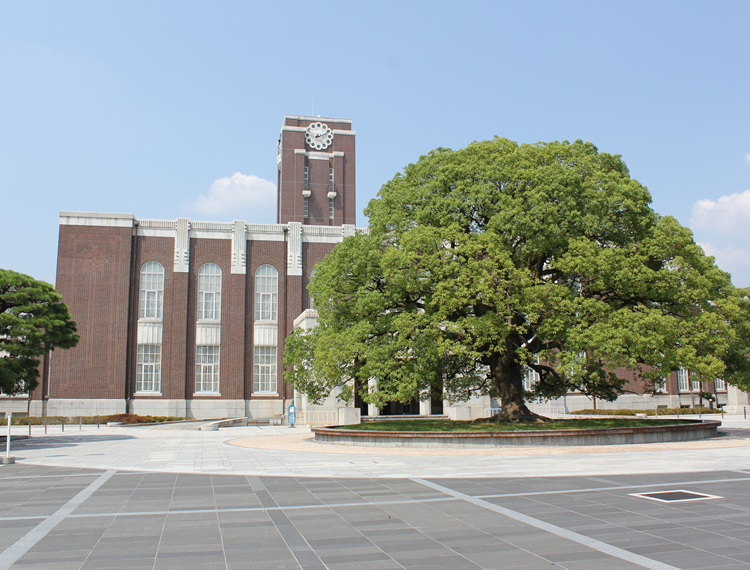Low Temperature Plasmas in Nanotechnology Applications
Meyya Meyyappan of NASA Ames Research Center, USA, gave a keynote lecture in the oral session of Symposium C-5 in the morning session on August 31. He presented an overview of his activities on the use of low temperature plasmas in the growth of nanomaterials and application development. First, he introduced the atmospheric pressure plasma jet developed as an alternative to inkjet printing to deposit nanomaterials on paper, plastic, metal foils and textiles to enable flexible, printable electronics. Examples of printing copper, silver, carbon nanotubes, zinc oxide and others on paper, cotton and plastics were discussed. Second, he emphasized that low temperature plasmas have been effective to grow carbon nanofibers and graphene of a variety of applications, and used them as nanoelectrodes arrays for biosensing applications. Finally, he showed vertical graphene or carbon nanowalls synthesized by PECVD, which have interesting properties.
Advanced Plasma Technologies for ‘CubeSat’ Nano-Satellites
Christine Charles of Australian National University, Australia, gave a keynote lecture in the oral session of Symposium C-5 in the afternoon session on August 31. She presented that ‘CubeSat’ nano-satellites (based on the 10 cm by 10 cm by 10 cm modular unit) provided low-cost access to space and open doors to unprecedented unique projects accessible to universities and small companies. The process was facilitated by ongoing miniaturization at lower cost of electronics systems and components. ‘CubeSat’ was launched into space to study the ionosphere and the lower thermosphere, using a range of plasma sensors. In the miniaturized Pocket Rocket thruster, a radio frequency plasma is employed to heat the gas via charge exchange collisions and ambipolar flow to create a form of electrothermal thruster which has its heating mechanism in the center of the flowing propellant.
Poster Session
Poster session of Symposium C-5 was held in the evening on August 31. There were 23 poster presentations, and active discussion was held by the many participants.

Poster presentation scene of Symposium C-5.
